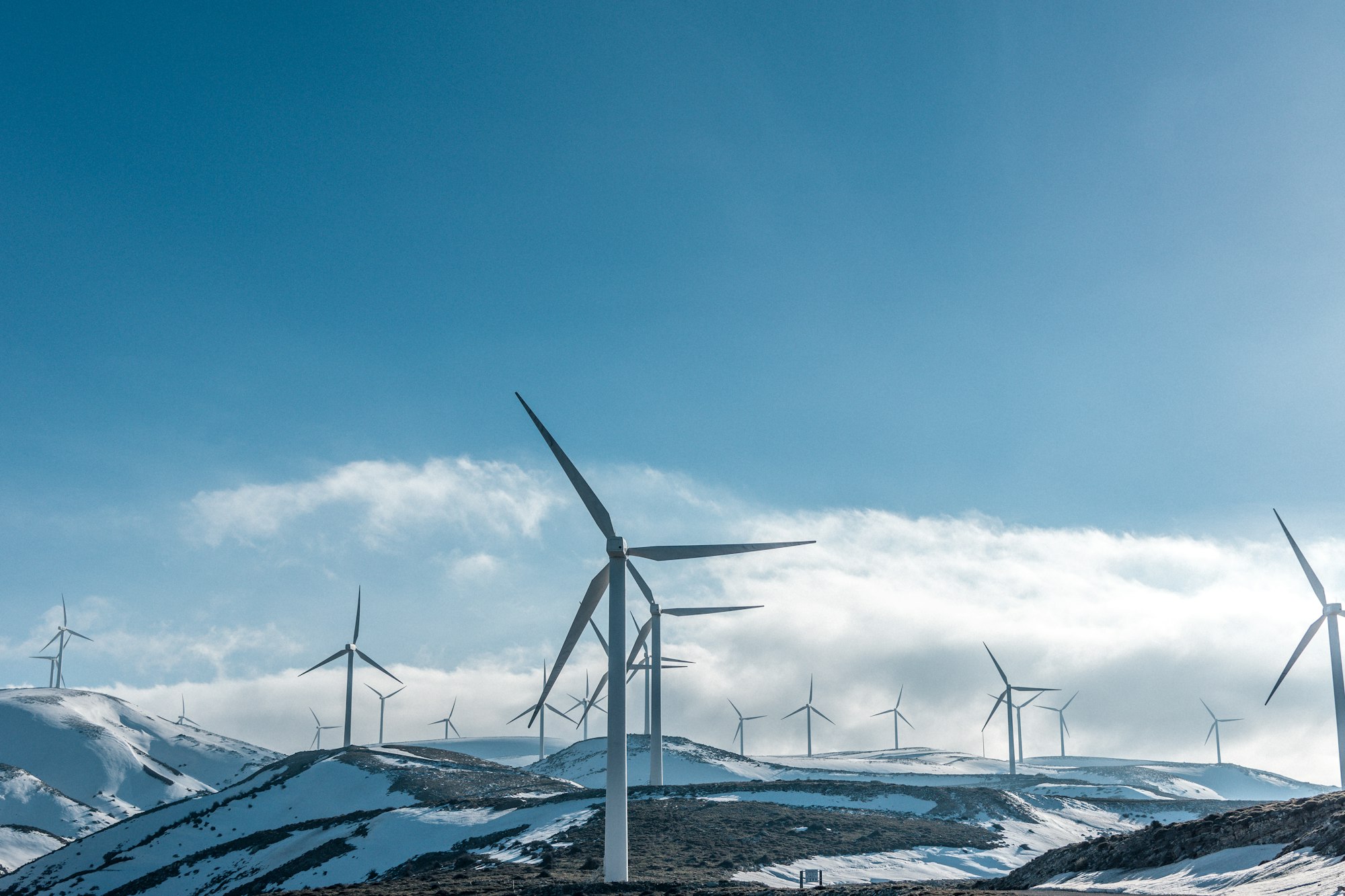FYI if you just landed here you may want to start with: https://energybyte.com.au/wind-energy/.
The two critical values for analyzing the wind are its speed (measured with an anemometer) and its direction (measured with a wind vane). However, not all wind is the same; therefore, you need to find the right one to generate energy.
In general, for the blades of a wind turbine to rotate, moderate winds are required above 4 m / s and below 25. However, machines are designed for a certain wind speed, from which generally it will achieve maximum power.
Ready? Let's get Technical
So how much energy can be harvested from the wind?

Approximately 2% of the energy that comes from the sun becomes kinetic energy from atmospheric winds. 35% of this energy dissipates into the atmospheric layer, just one kilometre above the ground. Because of its randomness and dispersion, the rest could only use 1/13, an amount that would have been enough to supply ten times the world primary energy consumption in 2002 (10,000 Mtoe), hence its enormous potential and interest.
Kinetic energy can become electrical energy. When the wind affects a wind turbine's blades, it produces rotation that moves a generator to produce electricity. The amount of energy that the wind contains before passing through a moving rotor depends on three parameters: the speed of the incident wind, the density of the air, and the area swept by the rotor.
The speed at which the air passes through the blades is king, the kinetic energy of the wind increases proportionally to the cube of the speed at which it moves. For example: if the speed doubled, the energy would be eight times higher (2^3).
The wind's energy increases proportionally to the mass per unit volume of air. Under normal conditions (at sea level, at atmospheric pressure of 1,013 millibars and a temperature of 15 ° C ) is 1,225 kilograms for every cubic meter. Meaning that when the air cools and increases in weight as it becomes denser, it will transfer more energy to the wind turbine. And conversely, when the air gets hot or ascending in altitude, the kinetic energy that reaches the turbine will be less.
The more moving air a wind turbine can capture in terms of swept area, the more kinetic energy it will encounter. In the case of a 1,000 kW rated power turbine rotor, the rotor can have a diameter of about 54 meters to sweep an area of about 2,300 m2.
The kinetic energy contained in the wind is tremendous. However, wind turbines can't extract it all. Firstly this is because it would imply completely stopping the wind flow, which would prevent it from passing continuously through the turbine blades. In fact, according to the Betz Limit, it can theoretically obtain a maximum of 59% of the energy reaching the rotor. And second, because it experiences loss in the process of transforming it into energy. In the end, today, a wind turbine uses about 40% of the energy stored in the wind. A very high percentage, since it means extracting the vast majority once we apply the Betz Limit.
Conclusion
If you are a bit lost with this one, don't forget to read up 1/5 Wind Energy.
https://energybyte.com.au/wind-energy/
If you want to learn more about wind energy, feel free to reach out, and I will happily share my resources, literature and experiences.
Author: Oscar Omegna (formerly at EnergyByte)


